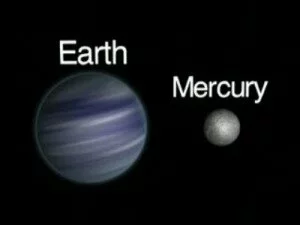 As per study developed in science field, a new culprit that is likely to have been involved in the Earth’s greatest extinction event that took place 250 million years ago when rapid climate change wiped out nearly all marine species and a majority of those on land.
As per study developed in science field, a new culprit that is likely to have been involved in the Earth’s greatest extinction event that took place 250 million years ago when rapid climate change wiped out nearly all marine species and a majority of those on land.
Scientists have studied that for the mass extinction, an influx of mercury into the eco-system may have been responsible.
Related to this new discovery, Steve Grasby, co-author of a paper from the University of Calgary, said, “No one had ever looked to see if mercury was a potential culprit. This was a time of the greatest volcanic activity in Earth’s history and we know today that the largest source of mercury comes from volcanic eruptions.”
“We estimate that the mercury released then could have been up to 30 times greater than today’s volcanic activity, making the event truly catastrophic,” he added.
A longed time before dinosaurs ruled and when all land formed one big continent around 250 million years ago, the majority of life in the ocean and on land was wiped out. The volcanic eruptions burned though coal beds that releasing CO2 and other deadly toxins.
However the rate of mercury deposition could have been much higher in the late Permian when compared with today’s human-caused emissions.
In some cases, levels of mercury in the late Permian ocean was similar to what is found near highly contaminated ponds near smelters, where the aquatic system is severely damaged, say researchers.
“We are adding to the levels through industrial emissions. This is a warning for us here on Earth today,” Benoit Beauchamp from the University of Calgary informed the reporters.
According to study being discovered, this show life structure to go on and off, no one knows what happens, but the story is one of recovery as well.
While the system was out of capacity or we can say overloaded , everything was destroyed, but the oceans had ability still to self clean that’s why we were able to move on to the next phase of life. Such new study that discovered has been published in the journal Geology.

Recent Comments